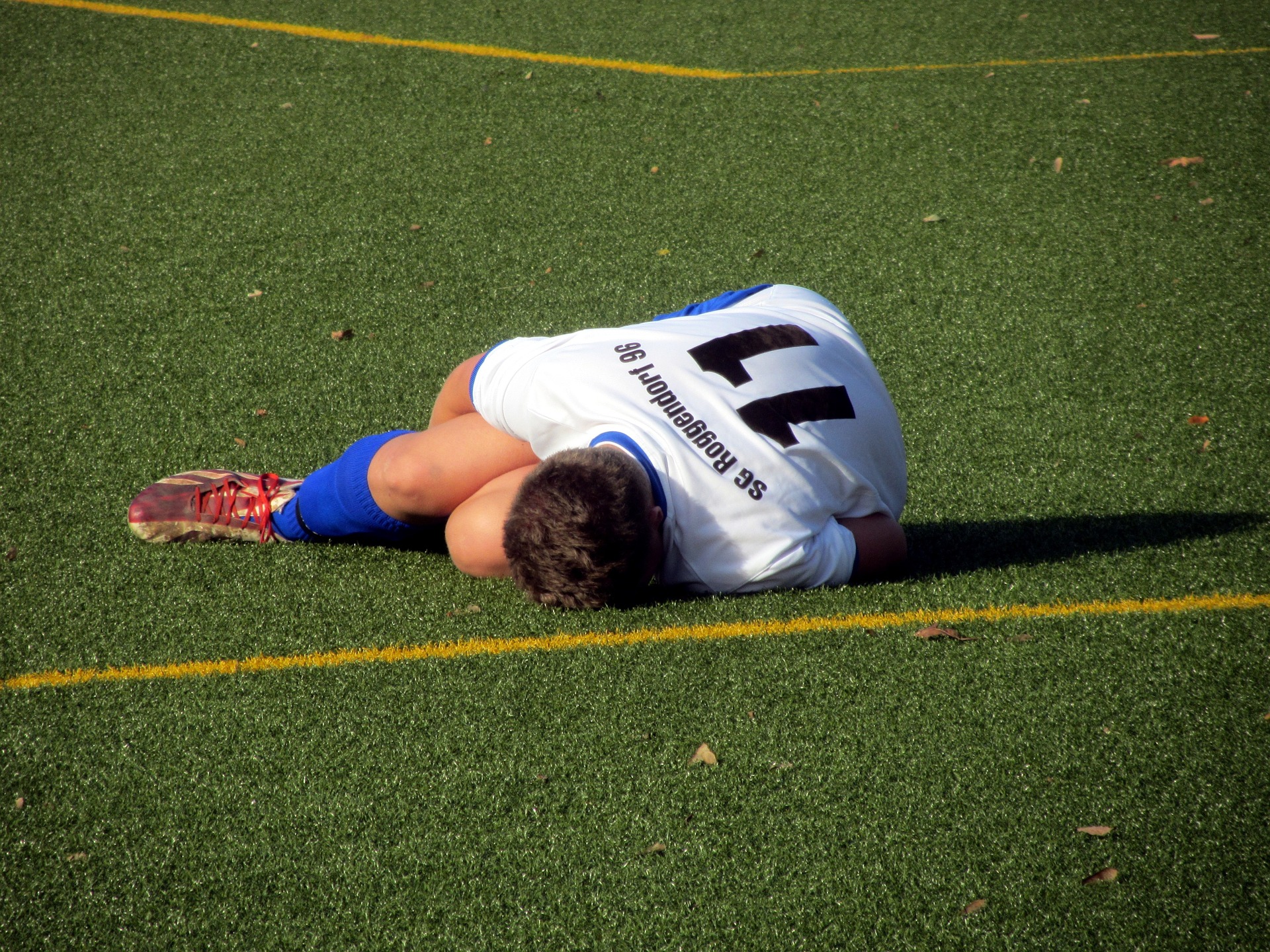There are few greater sources of pride than watching your son or daughter compete high school and university level sports. Over the past several decades, playing sports has become safer in many ways. Rule changes, equipment, and better medical care have all helped reduce risks. Still, injury is something every parent and student fears and it remains a serious risk.
Many athletes won’t be so straightforward with their injuries. After all, an injury might cause them to miss playing time. As a parent, you should also be on the lookout for potential signs that they are injured. With roughly 2 million high school students alone being injured each year, the risks are real.
No, you don’t have to and probably should nag your children, but a watchful eye may help you identify something they don’t see. Let’s go over some
[Want to speed up the recovery from a sports related injury? Try QiVantage’s injury healing kit!]
1. Concussion Symptoms
First, let’s review the symptoms of concussions as they are one of the most dangerous sports related injuries. Further, they’re also one of the harder conditions to diagnose and misdiagnose.
Symptoms include:
- frequent headaches
- slurred speech
- confusion
- vomiting
- nausea
If your student athlete suffers a head collision and is exhibiting the above symptoms, you should seek medical help immediately.
2. Shifting weight
If your student suffers a major sprain or strain in their leg(s), you’ll notice quickly because they likely won’t be able to put weight on the injured limb. A student athlete may try to play through mild sprains and strains, however, and may not exhibit as obvious of symptoms.
If you notice your child shifting his or her weight, say favoring their left leg over their right leg, there’s a chance that s/he was injured. If you notice minor winces or hesitation to put weight on the limb, the risk of injury is all the more likely.
When it comes to minor sprains and strains, rest and an all natural pain relief cream could go a long way towards healing.
3. General Lethargy
Playing sports can be tiring. It should come as no surprise if your student athlete is tired the day after a game. However, continued and excessive lethargy may be the sign of an injury. When you’re injured, your body will often slow things down and signal for more sleep. This can help you heal.
If your student athlete seems especially tired, let him or her sleep in. Then gently ask if anything is wrong.
4. Be Weary of Overuse Injuries
Finally, if your student athlete is participating in a sport that requires a lot of repetitive movements, say pitching in baseball/softball, you need to pay close attention. Overuse injuries account for more than half of all high school sports injuries.
Common symptoms include:
- Inflammation of the muscles and joints
- Soreness or tenderness of the muscles and joints
- Consistent, aching pain


